The Soviet Sunderland
The Tupolev MTB2 heavy bomber (ANT44) was a four-engined flying boat designed in 1935. The first of two prototypes flew on April 19, 1937. In 1938, the four initial Gnome Rhône Mistral Major were replaced by 840-hp Tumansky M-87S and the next prototype ANT44bis had 950-hp M-87A engines, set several world records in class. However the option of land based bombers was preferred and the program cancelled so after the first prototype crashed in 1939, the second from the summer 1941 flew in the Black Sea until 1943, as bomber and transport until it was shot down by Me-109s.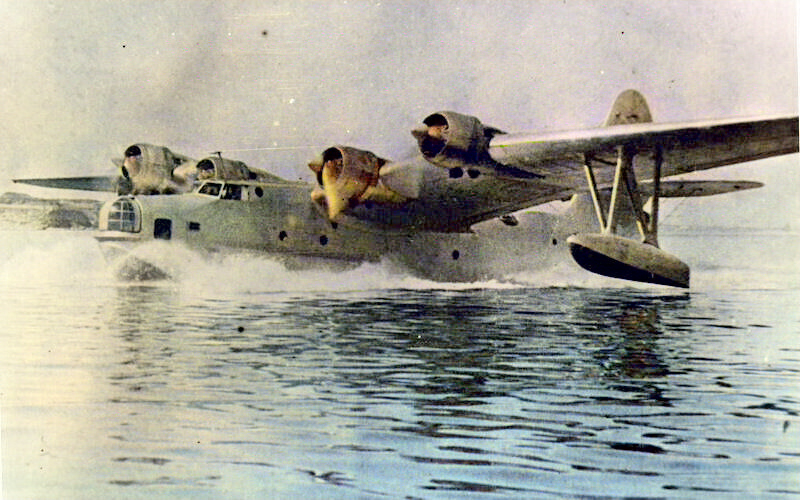
The Tupolev MTB-2 (Морской Тяжелый Бомбардировщик — Heavy Naval Bomber) only saw two prototypes ever built. Performance was satisfactory, but the design was overtaken by the decision of using instead long-range, land-based bombers by Soviet Naval Aviation, cancelling the whole program in 1940. The first prototype crashed in flight testing in 1939 but the second aircraft set a series of world records by any flying boat. After the invasion of June 1941, the sole remaining MTB-2 flew bombing missions over Romania and along the Black Sea shore, on axis advancing forces and even deeper into the Soviet Union.
In 1942 it evacuated wounded troops and aresumed its role of strategic bombing over Romania until a confusion led to the absence of escort. The result was immediate as a Luftwaffe spotted it. The lumbering beast stood no chance. Overall, this was a very interesting flying boat, which had the potential of becoming the "soviet sunderland". It would remain a great what-if.
Development
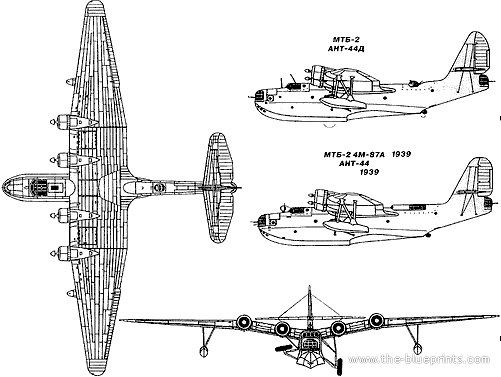
ANT-44 (1937)
By the early 1930s Soviet Naval Aviation was aware that their existing long-range seaplanes were obsolescent. Unsure if home designers could design and build such modern seaplane in time, it was considered ordering them from abroad. Short Brothers, when contacted, offered a four-engined variant of the S.23 flying boat, to be built in the Soviet Union by late 1934. The S.23 Empire was basically the ancestor of the Sunderland.The soviet request was for a top speed of 300–320 km/h (190–200 mph), range of 1,200–1,300 km (750–810 mi). The Central Aerohydrodynamic Institute evaluated the submission, and concluded that the Tupolev Design Bureau could do better. Requirements for the ANT-44 (factory designation), later designated by the army the MTB-2 were issued in March 1935. This was not for an ASW patrol seaplane byt for a seaplane bomber essentially, capable of attacking land and naval targets or transport 35–40 troops and cargo.
The new model had to be capable of 300 km/h at an altitude of 1,000 m (3,300 ft) and range of 1,000 km/h (620 mph) as well, with a 2,000 kg (4,400 lb) bomb load. After trials resumed in July 1938, the prototype ANT-44 was further modified, with a retractable conventional landing gear and improved 709 kW (950 hp) M-87A engines. The ANT-44 started a second series of state trials by late September, but it sank after a heavy landing that ruptured the fuselage on the night of 27/28 February 1939.
The new prototype made its first flight on 19 April 1937 from dry land, using a temporary fixed undercarriage. Its first water-borne flight was on 1 November, after its underwing stabilizing floats were installed. State trials started the same month, interrupted to exchange the initial Mistral Major engines for Tumansky M-87 627 kW (840 hp) engines. The armament was upgraded as well (see later).
ANT-44D (1939)
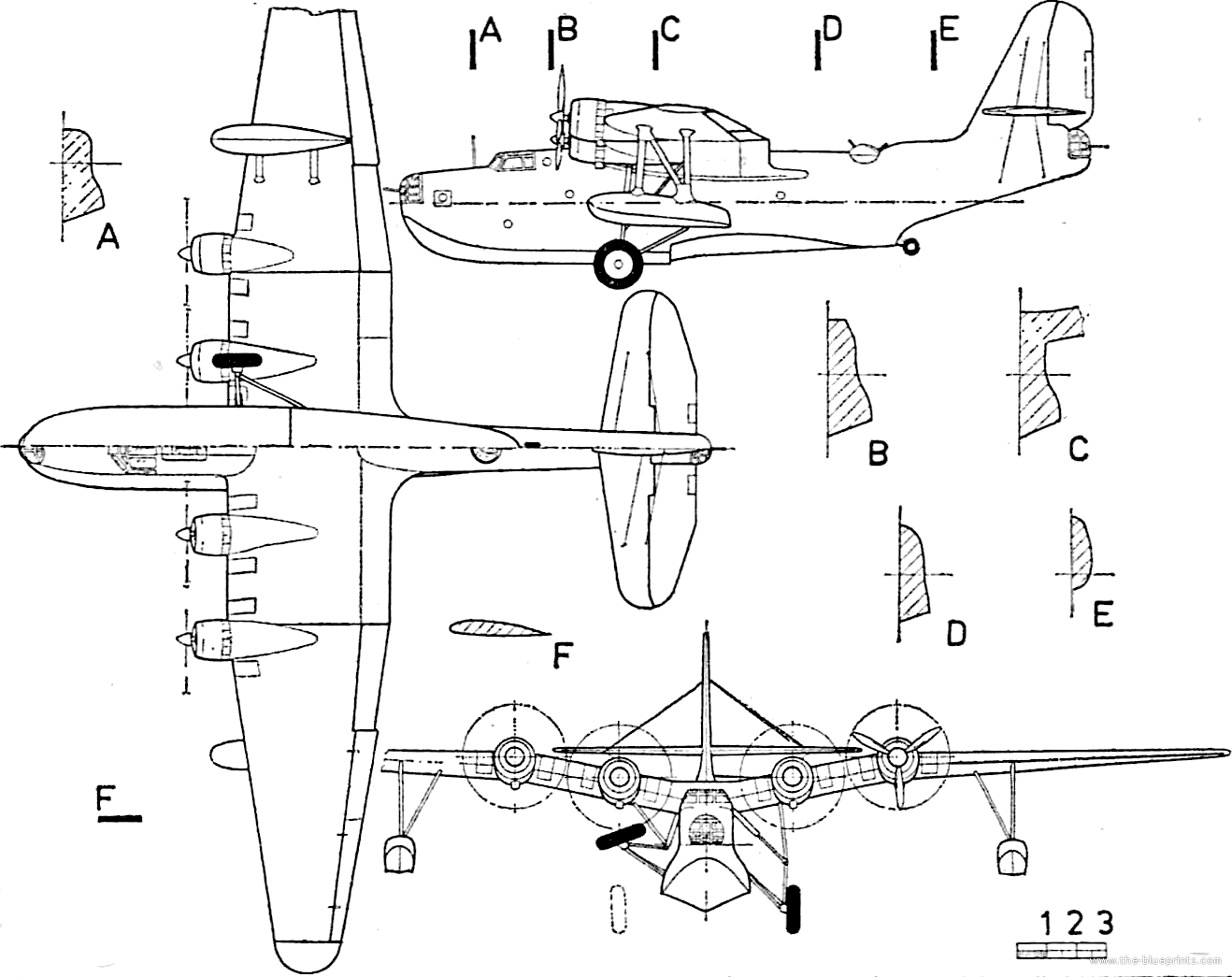
The second prototype designated ANT-44bis or ANT-44D, started construction in July 1937. It incorporated most of the changes requested when the mockup was inspected in March and changes to the first model such as the M-87A engines, addition of a landing gear and a modified armament. The wing was slightly enlarged and the empennage size and shape was revised, as the tailplane bracing.
It made its first flight on 26 June 1938 and the builder's trials continued until 27 March 1939. State trials were conducted on 1–16 May and ended with a positive report. Construction was awarded to Factory No. 30 at Moscow-Khodynka. It was setup to use the 820 kW (1,100 hp) Tumansky M-88 radial, for a top speed of 400 km/h (250 mph) and range of 2,000 km/h (1,200 mph) with a 2,800 kg (6,200 lb) bomb load.
Production was cancelled in January 1940 as the Navy was beginning to receive Ilyushin DB-3 long-range bombers that could fulfill the MTB-2's role cheaply and more effectively. With the landing gear removed, Tupolev used the ANT-44bis to set several world records for aircraft of its type and size:
- 17 June 1940: altitude of 7,595 m (24,918 ft) without payload
- 17 June 1940: altitude of 7,134 m (23,406 ft) with a 1,000 kg (2,205 lb) payload
- 19 June 1940: altitude of 6,284 m (20,617 ft) with a 2,000 kg (4,409 lb) payload
- 19 June 1940: altitude of 5,219 m (17,123 ft) with a 5,000 kg (11,023 lb) payload
- 28 September 1940: maximum speed of 277.4 km/h (150 kn, 172 mph) over 1,000 km (540 nmi, 621 mi) with a 1,000 kg (2,205 lb) payload
- 7 October 1940: maximum speed of 241.9 km/h (131 kn, 150 mph) over 1,000 km (540 nmi, 621 mi) with a 2,000 kg (4,409 lb) payload
Design specifics

General conception
The tailplane was braced by wires on top and bottom. Crew: 7–8 Length: 22.42 m (73 ft 7 in)
Wingspan: 36.45 m (119 ft 7 in)
Wing area: 146.7 m2 (1,579 sq ft)
Empty weight: 13,000 kg (28,660 lb)
Gross weight: 19,000 kg (41,888 lb)
Max takeoff weight: 22,000 kg (48,502 lb)
Engines
The ANT-44 was fitted with four 604 kW (810 hp) Gnome-Rhône Mistral Major 14Kdrs M-85 radial engines initially. On each side of each engine, the leading edge of the wing could folded down to be used as a work platform. The fuel was carried in metal tanks on each side of the forward wing spar.The ANT-44bis or D ended with four Tumansky M-87A 9-cylinder air-cooled radial engines, 710 kW (950 hp) each, while the Propellers were three-bladed variable-pitch models 3.5 m (11 ft 6 in) in diameter. In this final configuration: Top speed: 355 km/h (221 mph, 192 kn)
Cruise speed: 240–250 km/h (150–160 mph, 130–130 kn)
Endurance: 14 hours
Service ceiling: 7,100 m (23,300 ft)
Time to altitude: 3 minutes to 1,000 m (3,300 ft)
18 minutes to 5,000 m (16,000 ft)
Armament
The MTB-2 was armed in 1937 with 7.62 mm (0.30 in) ShKAS machine guns in nose and tail turrets; the third weapon was positioned in the upper dorsal compartment with a sliding hatch. It could carry up to 2,500 kg (5,500 lb) of bombs or naval mines in external racks beneath the wing center section.The armament was upgraded in 1939 to 20 mm (0.79 in) ShVAK cannon in the nose and tail turrets, the dorsal position was replaced by a turret with a ShKAS and another ShKAS was added in the hull. The final was two 20 mm ShVAK autocannon, two 7.62 mm ShKAS machine guns.
⚙ ANT-44D specifications | |
| Empty Weight | 13,000 kg (28,660 lb) |
| Gross Weight | 19,000 kg (41,888 lb) |
| Max Takeoff weight | 22,000 kg (48,502 lb) |
| Lenght | 22.42 m (73 ft 7 in) |
| Wingspan | 36.45 m (119 ft 7 in) |
| Height | |
| Wing Area | 146.7 m2 (1,579 sq ft) |
| Engines | 4× Tumansky M-87A 9-cyl. AC radial engines, 710 kW (950 hp) |
| Top Speed, sea level | 355 km/h (221 mph, 192 kn) |
| Cruise Speed | 240–250 km/h (150–160 mph, 130–130 kn) |
| Range | c5000km, 14 hours |
| Climb Rate | 3 minutes to 1,000 m (3,300 ft), 18 to 5,000 m (16,000 ft) |
| Ceiling | |
| Armament | 2× 20 mm ShVAK autocannon, 2× 7.62 mm ShKAS, 2t bombs. |
| Crew | 7-8 (20 troops, 2t cargo) |
Service
After the Axis invasion of the Soviet Union on 22 June 1941, the ANT-44bis had its landing gear removed to increase its bombload (it could carry up to 7,000 kg (15,000 lb) during short-range missions) and was initially used to attack the Romanian cities of Bucharest, Constanța and Ploiești at night.As Axis troops advanced along the Black Sea coast, the aircraft began bombing troop positions at night around Odessa, Kherson and Nikolaev. The encirclement of Sevastopol in late 1941 forced the ANT-44bis to rebase at Gelendzhik in the North Caucasus region and it began to evacuate wounded from the city while also resuming its strategic bombing of Romanian targets. Piloted by Ivan Sukhomlin, the same that performed records prewar, the MTB-2As bombed notably oil refineries in Bulgaria and Romania.
For these latter missions, the flying boat was usually escorted by fighters, but one day in mid-1942 there was a failure of coordination and the fighters were not present when the ANT-44bis began taking off. The overloaded aircraft was discovered by marauding German fighters and was easily shot down with the loss of all its crew except for the pilot who was ejected from the flying boat as it exploded. Unwilling to admit that a mistake had been made, the Soviet leadership claimed that a wing touching the water caused a crash due to pilot error and transferred the inconvenient witnesses to the Northern Fleet in the Arctic.
Gallery
Author's illustrations: Types and liveries
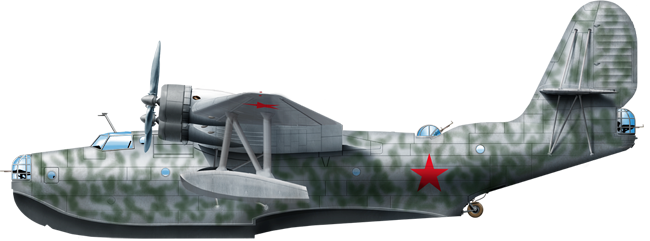
Author's illustration for Amber Books. This was the 1939 livery. By August 1942 for its srvice with the black sea fleet, 80 squadron, it received a green spots camouflage.
Additional photos
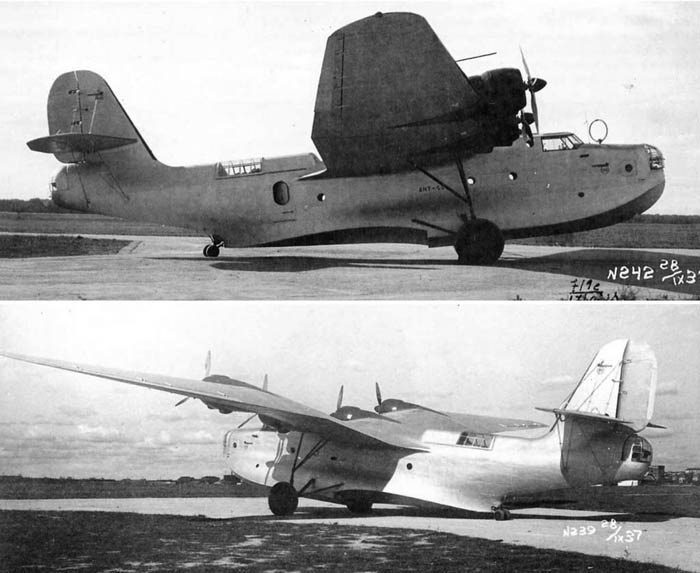




Resources
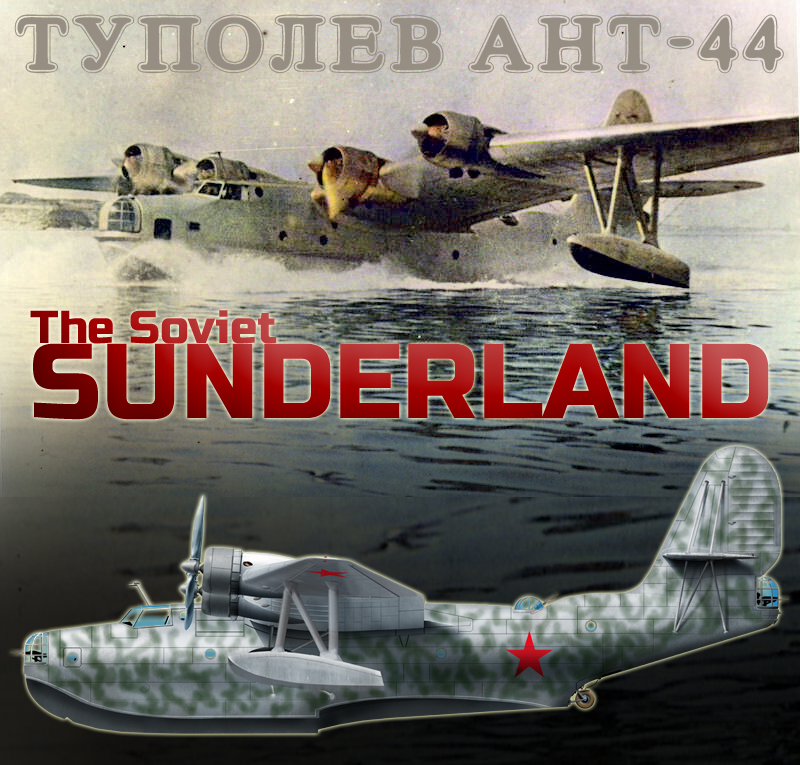
Books
Russian Aircraft of World War II: Technical GuideLinks
airpages.ruaviastar.org
aviadejavu.ru
airwar.ru
biography.wikireading.ru
avia-museum.narod.ru
авиару.рф/aviamuseum
war-book.ru
globalsecurity.org
en.wikipedia.org
reddit.com
The model corner
scalemates.com ABM Kit 1:72Kombrig kit 1:350
britmodeller.com
- Lohner E (1913)
- Macchi M3 (1916)
- Macchi M5 (1918)
- Ansaldo ISVA (1918)
- Sopwith Baby (1916)
- Short 184 (1916)
- Fairey Campania (1917)
- Sopwith Cuckoo (1917)
- Felixstowe F.2 (1917)
- Friedrichshafen FF 33 (1916)
- Albatros W4 (1916)
- Albatros W8 (1918)
- Hanriot HD.2
- Grigorovitch M5
- IJN Farman MF.7
- IJN Yokosho Type Mo
- Yokosho Rogou Kougata (1917)
- Yokosuka Igo-Ko (1920)
- Curtiss N9 (1916)
- Aeromarine 39
- Vought VE-7
- Douglas DT (1921)
- Boeing FB.5 (1923)
- Boeing F4B (1928)
- Vought O2U/O3U Corsair (1928)
- Blackburn Blackburn (1922)
- Supermarine Seagull (1922)
- Blackburn Ripon (1926)
- Fairey IIIF (1927)
- Fairey Seal (1930)
- LGL-32 C.1 (1927)
- Caspar U1 (1921)
- Dornier Do J Wal (1922)
- Rohrbach R-III (1924)
- Mitsubishi 1MF (1923)
- Mitsubishi B1M (1923)
- Yokosuka E1Y (1923)
- Nakajima A1N (1927)
- Nakajima E2N (1927)
- Mitsubishi B2M (1927)
- Nakajima A4N (1929)
- CANT 18
WW1
✠ K.u.K. Seefliegerkorps:
 Italian Naval Aviation
Italian Naval Aviation
 RNAS
RNAS
 Marineflieger
Marineflieger
 French Naval Aviation
French Naval Aviation
 Russian Naval Aviation
Russian Naval Aviation
 IJN Air Service
IJN Air Service
 USA
USA
Interwar
 Interwar US
Interwar US
 Interwar Britain
Interwar Britain
 Interwar France
Interwar France
 Interwar Germany
Interwar Germany
 Interwar Japan
Interwar Japan
 Interwar Italy
Interwar Italy
- Curtiss SOC seagull (1934)
- Grumman FF (1931)
- Curtiss F11C Goshawk (1932)
- Grumman F2F (1933)
- Grumman F3F (1935)
- Northrop BT-1 (1935)
- Grumman J2F Duck (1936)
- Consolidated PBY Catalina (1935)
- Brewster/NAF SBN-1 (1936)
- Curtiss SBC Helldiver (1936)
- Vought SB2U Vindicator (1936)
- Brewster F2A Buffalo (1937)
- Douglas TBD Devastator (1937)
- Vought Kingfisher (1938)
- Curtiss SO3C Seamew (1939)
- Douglas SBD Dauntless (1939)
- Grumman F4F Wildcat (1940)
- F4U Corsair (NE) (1940)
- Brewster SB2A Buccaneer (1941)
- Grumman TBF/TBM Avenger (1941)
- Consolidated TBY Sea Wolf (1941)
- Grumman F6F Hellcat (1942)
- Curtiss SB2C Helldiver (1942)
- Curtiss SC Seahawk (1944)
- Grumman F8F Bearcat (1944)
- Ryan FR-1 Fireball (1944)
- Douglas AD-1 Skyraider (1945)
Fleet Air Arm
- Fairey Swordfish (1934)
- Blackburn Shark (1934)
- Supermarine Walrus (1936)
- Fairey Seafox (1936)
- Blackburn Skua (1937)
- Short Sunderland (1937)
- Blackburn Roc (1938)
- Fairey Albacore (1940)
- Fairey Fulmar (1940)
- Grumman Martlet (1941)
- Hawker sea Hurricane (1941)
- Brewster Bermuda (1942)
- Fairey Barracuda (1943)
- Fairey Firefly (1943)
- Grumman Tarpon (1943)
- Grumman Gannet (1943)
- Supermarine seafire (1943)
- Blackburn Firebrand (1944)
- Hawker Sea Fury (1944)
IJN aviation
- Aichi D1A "Susie" (1934)
- Mitsubishi A5M "Claude" (1935)
- Nakajima A4N (1935)
- Yokosuka B4Y "Jean" (1935)
- Mitsubishi G3M "Nell" (1935)
- Nakajima E8N "Dave" (1935)
- Kawanishi E7K "Alf" (1935)
- Nakajima B5N "Kate" (1937)
- Kawanishi H6K "Mavis" (1938)
- Aichi D3A "Val" (1940)
- Mitsubishi A6M "zeke" (1940)
- Nakajima E14Y "Glen" (1941)
- Nakajima B6N "Jill" (1941)
- Mitsubishi F1M "pete" (1941)
- Aichi E13A Reisu "Jake" (1941)
- Kawanishi E15K Shiun "Norm" (1941)
- Nakajima C6N Saiun "Myrt" (1942)
- Yokosuka D4Y "Judy" (1942)
- Kyushu Q1W Tokai "Lorna" (1944)
Luftwaffe
- Arado 196 (1937)
- Me109 T (1938)
- Blohm & Voss 138 Seedrache (1940)
Italian Aviation
- Savoia-Marchetti S.55
- IMAM Ro.43/44
- CANT Z.501 Gabbiano
- CANT Z.506 Airone
- CANT Z.508
- CANT Z.511
French Aeronavale
- GL.300 (1926-39)
- Levasseur PL.5 (1927)
- Potez 452 (1935)
- Loire 210 (1936)
- Loire 130 (1937)
- LN 401 (1938)
Soviet Naval Aviation
- Shavrov SH-2 (1928)
- Tupolev TB-1P (1931)
- Beriev MBR-2 (1930)
- Tupolev MR-6 (1933)
- Tupolev MTB-1 (1934)
- Beriev Be-2 (1936)
- Polikarpov I16 naval (1936)
- Tupolev MTB-2 (1937)
- Ilyushine DB-3T/TP (1937)
- Beriev Be-4 (1940)
-
Skoda Š-328V
R-XIII Idro
Fokker C.XI W (1934)
WW2
- De Havilland Sea Vixen
- Hawker Sea Hawk
- Supermarine Scimitar
- Blackburn Buccaneer
- Hawker Sea Harrier
- Douglas A4 Skyhawk
- Grumman F9F Panther
- Vought F8 Crusader
- McDonnell-Douglas F-4 Phantom-II
- North Am. A5 Vigilante
- TU-142
- Yak 38 forger
☢ Cold War
✧ NATO
 Fleet Air Arm
Fleet Air Arm
 US Navy
US Navy
☭ Warsaw Pact
Merch
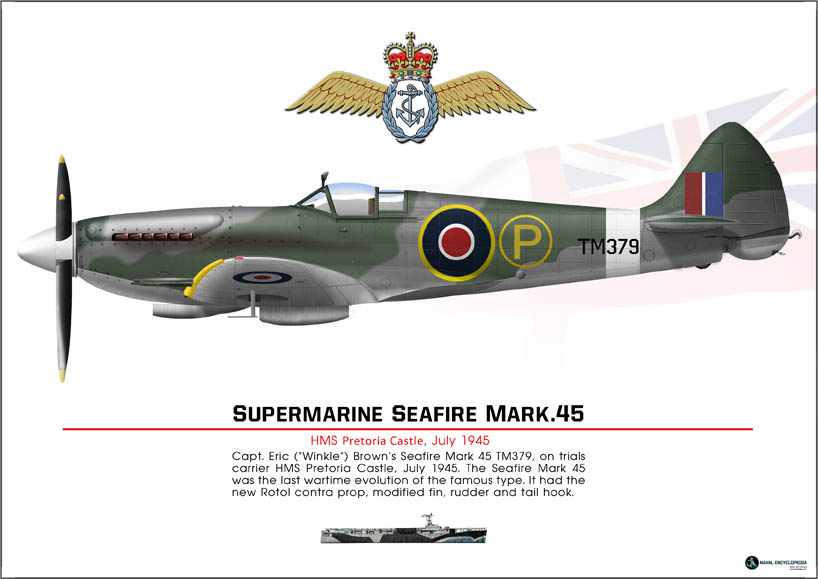
Seafire Mark 45; HMS Pretoria Castle
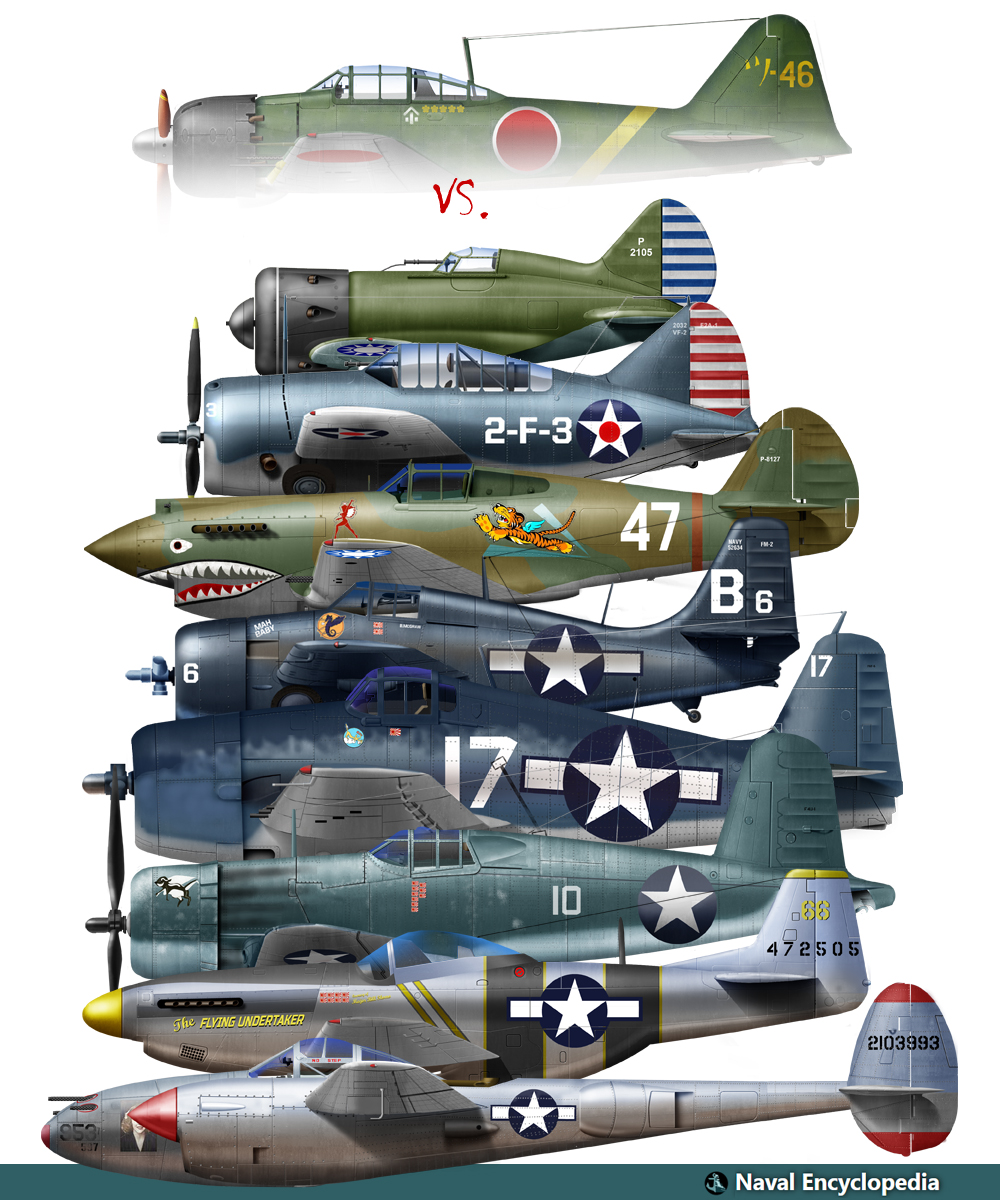
Zeros vs its aversaries
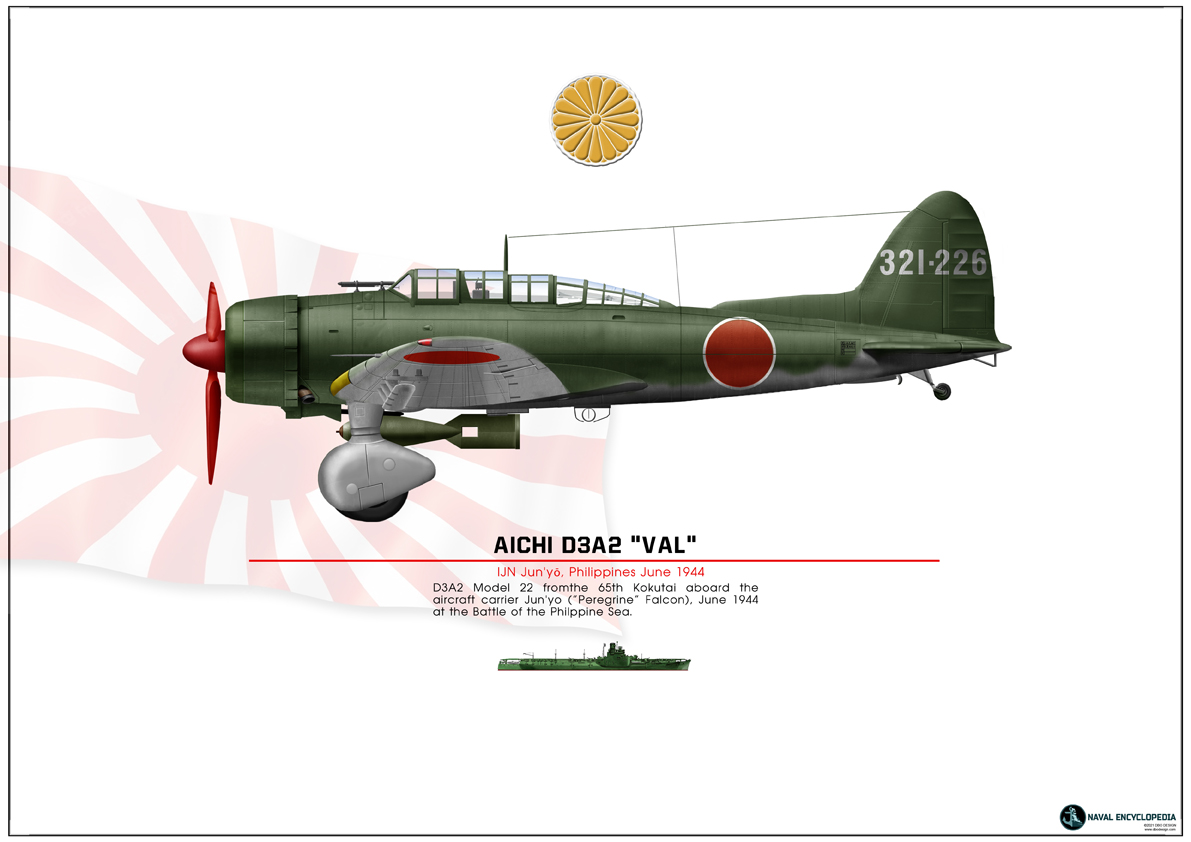
Aichi D3A “Val” Junyo
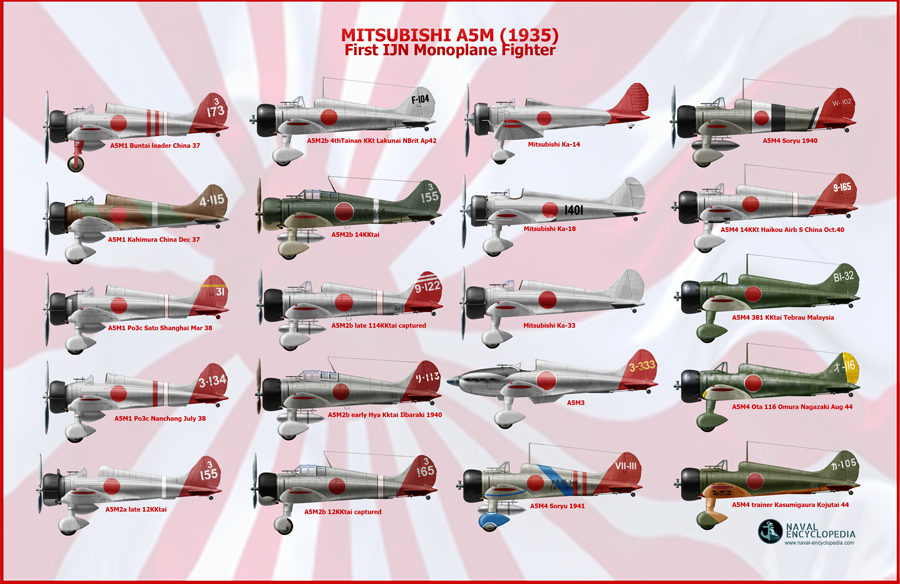
Mitsubishi A5M poster
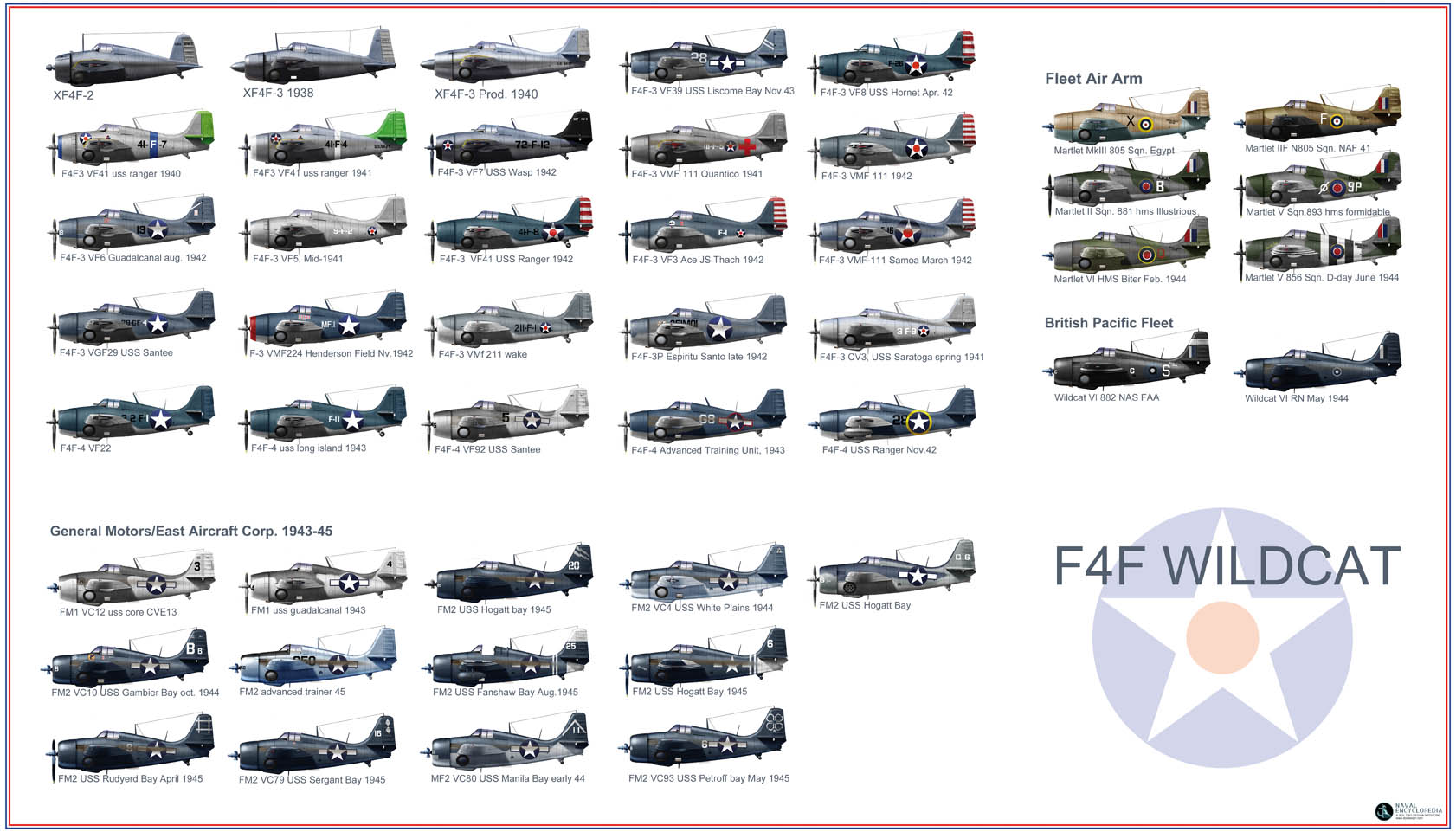
F4F wildcat
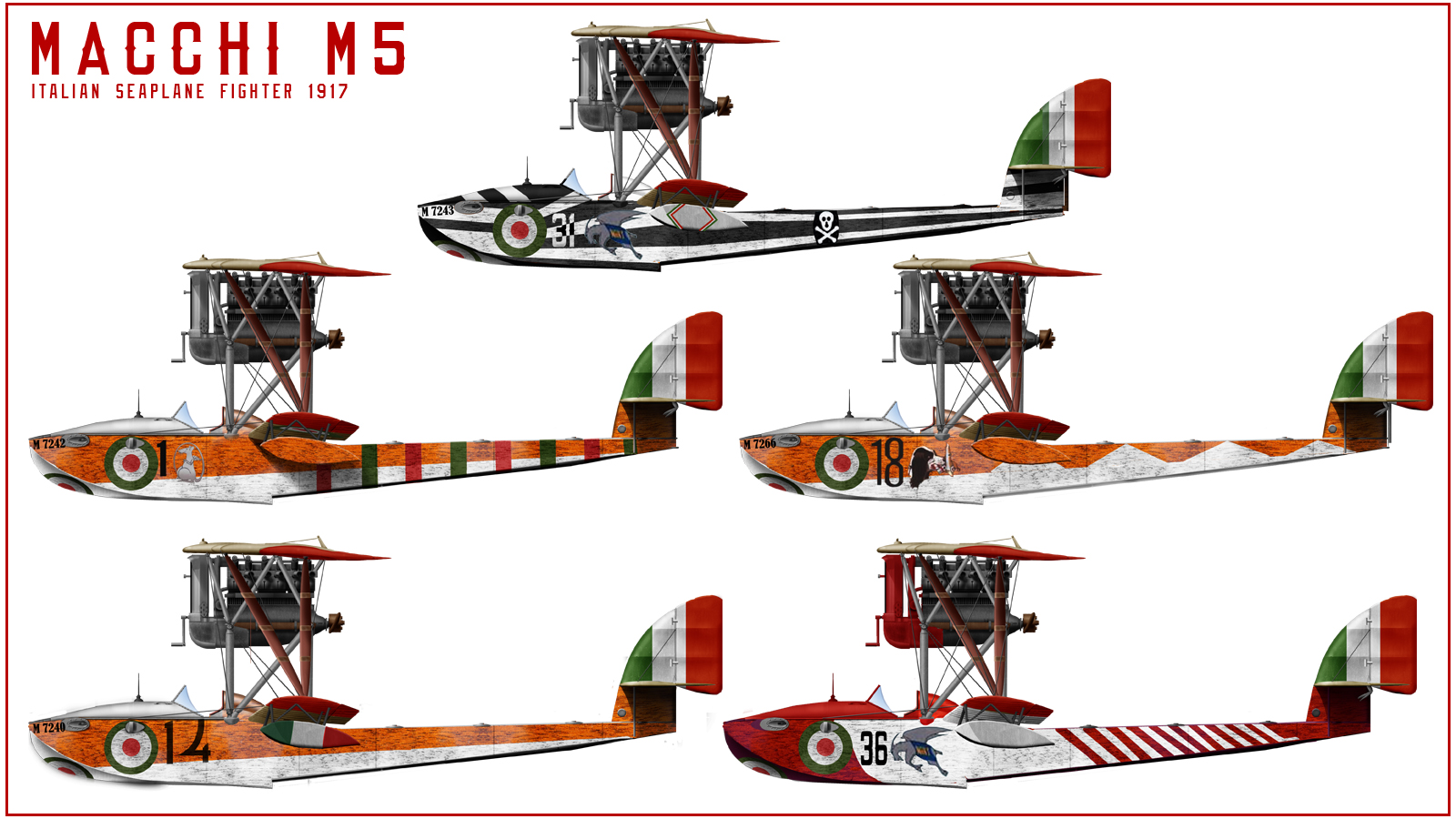
Macchi M5
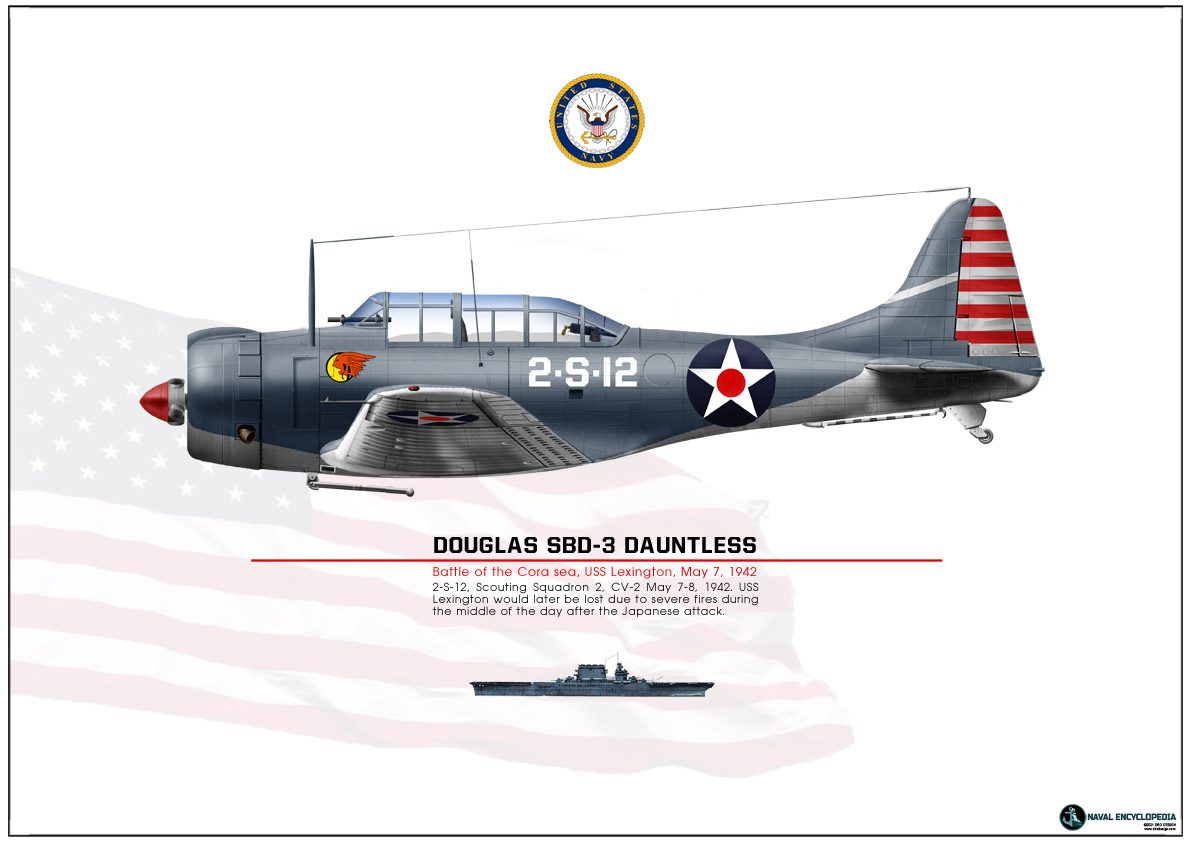
SBD Dauntless Coral Sea
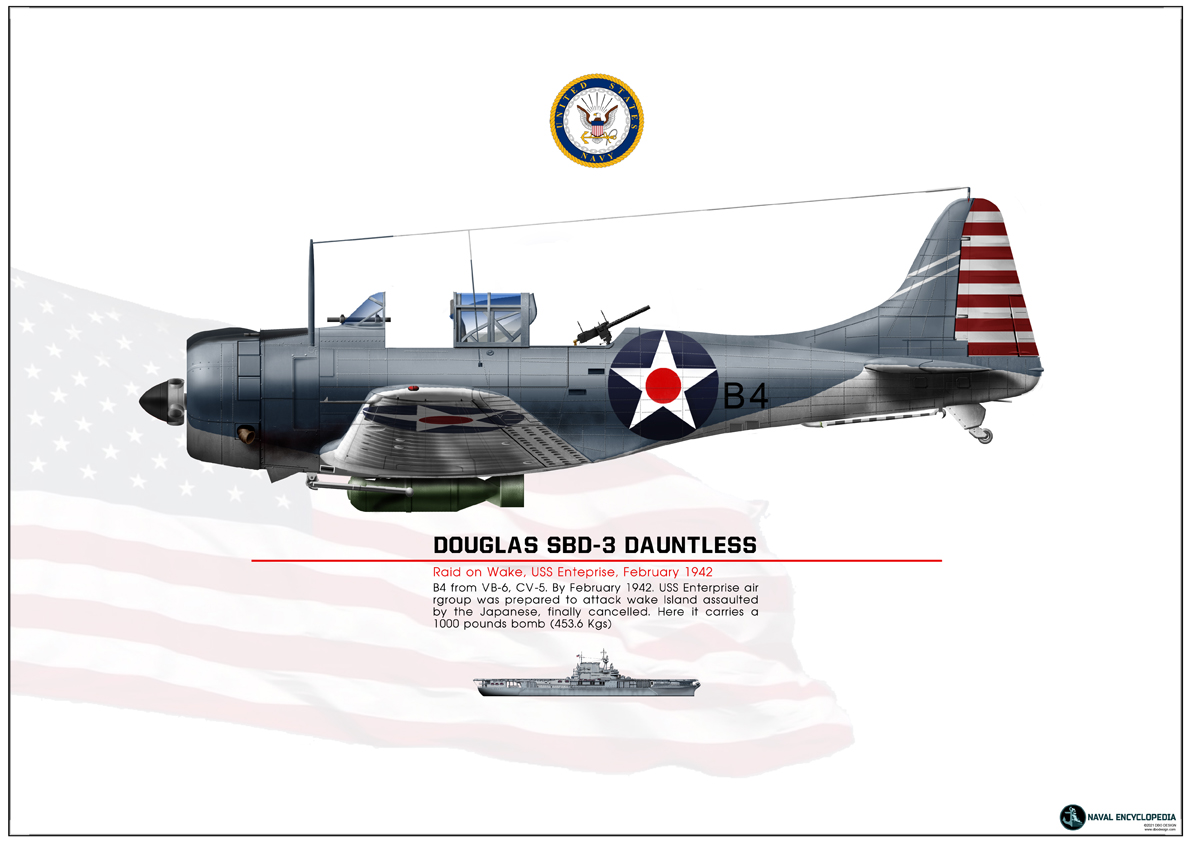
SBD Dauntless USS Enterprise
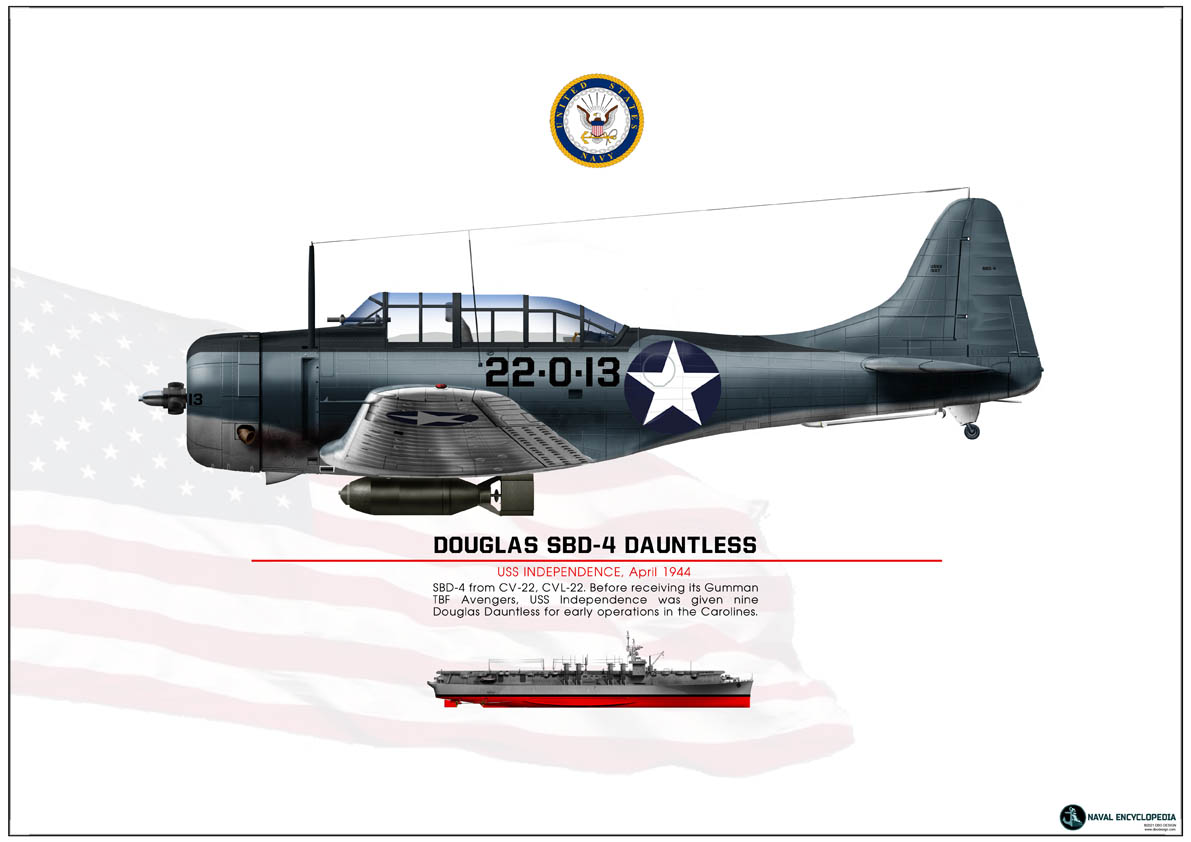
SBD-4 CV22
